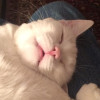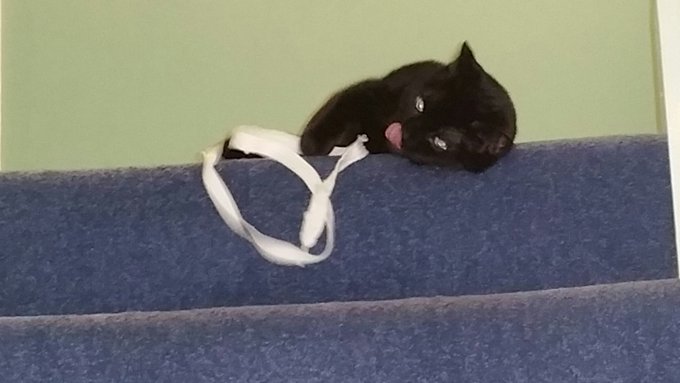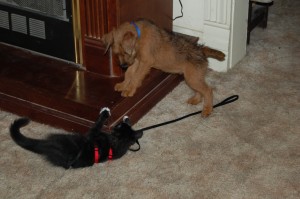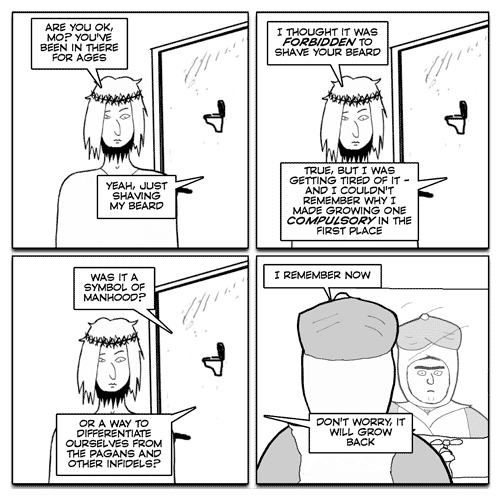Once again my credulity takes a beating, and nearly crumples under the blows. The LGBT officer of the National Union of Students has been emailing people to tell them she won’t share a platform with…wait for it…Peter Tatchell.
Peter Tatchell.
The emails from the officer of the National Union of Students were unequivocal. Fran Cowling, the union’s lesbian, gay, bisexual and transgender (LGBT) representative, said that she would not share a stage with a man whom she regarded as having been racist and “transphobic”.
That the man in question is Peter Tatchell – one of the country’s best-known gay rights campaigners, who next year celebrates his 50th year as an activist – is perhaps a mark of how fractured the debate on free speech and sexual politics has become.
Or how fucking stupid and mindless and vicious it’s become.
In the emails, sent to the organisers of a talk at Canterbury Christ Church University on Monday on the topic of “re-radicalising queers”, Cowling refuses an invitation to speak unless Tatchell, who has also been invited, does not attend. In the emails she cites Tatchell’s signing of an open letter in the Observer last year in support of free speech and against the growing trend of universities to “no-platform” people, such as Germaine Greer, for holding views with which they disagree.
Which does not make him racist or “transphobic.”
Cowling claims the letter supports the incitement of violence against transgender people. She also made an allegation against him of racism or of using racist language. Tatchell told the Observer that the incident was yet another example of “a witch-hunting, accusatory atmosphere” symptomatic of a decline in “open debate on some university campuses”.
It is. I have personal up-close experience of that atmosphere, and I can attest: they make this shit up. They invent it. They tell shameless lies. Like that shameless ridiculous lie that Tatchell “supports the incitement of violence against transgender people” – of course he fucking doesn’t! But I saw people telling the same lie about me, so I know it happens. Cowling isn’t particularly unusual that way.
One of the founding members of direct action group OutRage!, which caused a storm in the 1990s by outing establishment figures it claimed were homophobic in public and homosexual in private, Tatchell is used to being in the establishment firing line. But the original radical queer is now finding himself having to think long and hard about free speech.
In the recent furore over the Belfast bakery that refused to decorate a cake with a gay rights slogan, he stunned many by supporting the firm’s right to reject the customer’s order. Ashers bakery is appealing against a court decision that ruled it had discriminated against the customer by refusing to make a cake with the slogan “Support Same-Sex Marriage” because it went against their beliefs as Christians.
“If the Ashers verdict stands, it would mean a gay baker could be made to make cakes saying ‘I’m against gay marriage’,” said Tatchell. “A Muslim printer would have to publish the cartoons of Muhammad or a Jewish printer publish books of a Holocaust denier. So, much as I disagree with Ashers’ right to be homophobic, and I have spoken out against their anti-gay discrimination, they shouldn’t be forced to aid a political message they don’t agree with. I think it’s important to err on the side of freedom of expression and religion.”
He didn’t find that conclusion easy to reach.
But he insists his change of heart – he initially condemned Ashers – does not mean he has mellowed. In the past he has thrown himself in front of ministerial cavalcades, stopping the official cars of both John Major and Tony Blair with his placards, despite the best efforts of security officers, and pulled out banners of dissent under the noses of visiting dictators. He has helped track down a Nazi war criminal, has been arrested around 300 times and had about 50 objects smash his flat windows. He has also received such vicious beatings from the thugs of Presidents Robert Mugabe and Vladimir Putin that he has suffered lasting brain injuries.
But Fran Cowling sees fit to claim that he supports the incitement of violence against transgender people. It makes me sick.














